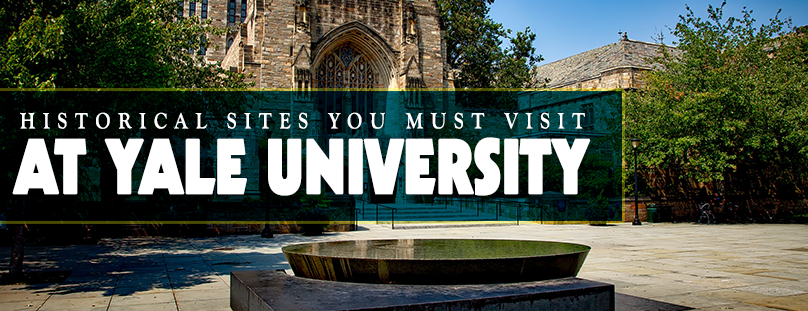Founded in 1701, Yale University in New Haven is one of the oldest universities in the United States. While Yale does function as a standard university, people come from around the world to visit the campus. Many sites on campus have historical significance, and visitors like to take tours to learn about Yale’s history and architecture. If you are attending Yale, or if you just want to come visit, these are some of historical sites you must check out.
The Historic Yale University
Sterling Memorial Library
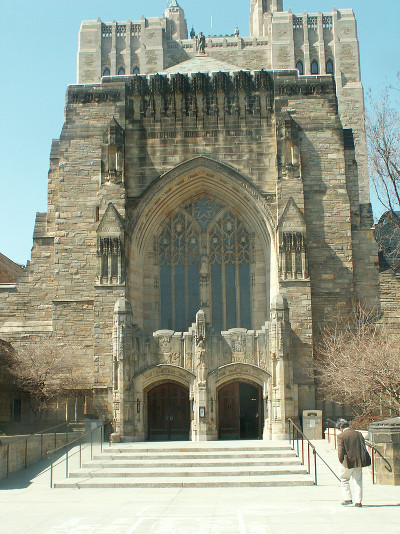
Source: Wikimedia Commons
Located in the heart of the university’s campus, the Sterling Memorial Library is the largest library Yale has to offer. The library was designed by Yale alumnus James Gamble Rogers, and was named after Yale alumnus John William Sterling, who gave the university a $17 million bequest to have a useful and significant structure put in place on campus. It features 3,300 stained glass windows, all of which were designed by artist G. Owen Bonawit.
The library houses around four million volumes of reading material. One notable collection in the library is the Papers of Benjamin Franklin, an extensive collection of documents related to Ben Franklin. In addition, the Sterling Memorial Library is connected to the Anne T. & Robert M. Bass Library, which contains over 120,000 additional volumes.
Street Hall
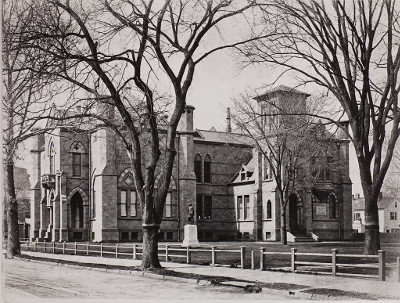
Source: Wikimedia Commons
Street Hall is another historic site on the Yale Campus, and it is well-known for housing one of the first Schools of the Fine Arts in the United States. The building was a gift from alumni Caroline and Augustus Street, who wanted there to be an art school that would be open for both men and women. Peter Bonnett Wight designed the building, and it was officially completed in 1864.
In addition to being an art school, the building also houses an art gallery. The gallery houses the art of famed artist John Trumbull, who was most well-known as the founder of the Yale University Art Gallery.
The Skull & Bones Tomb
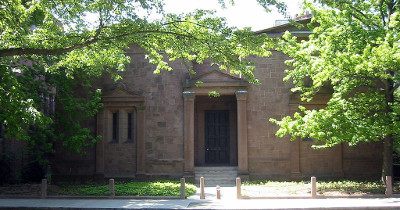
Source: Wikimedia Commons
The Skull & Bones Tomb is the home of The Order of Skull & Bones, one of Yale’s mysterious secret societies. The first wing of the tomb was built in 1856, though more wings would be added later on. It is believed that the inside of the tomb is decorated with coffins, skeletons and skulls, relating to the group’s interest in the macabre.
There are many odd stories relating to the tomb, and some say that the society members would perform bizarre initiation rituals here. One story claims that members of the society stole the skull and bones of Geronimo, a famous Native American warrior, and brought them to the tomb. As a result of this story, the site is considered of the most haunted places in New Haven, making the tomb a prime spot to visit for people who like to be scared.
Yale Center for British Art
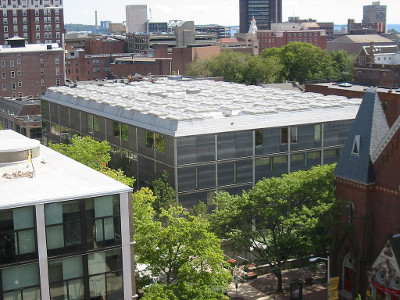
Source: Wikimedia Commons
Opened to the public in 1977, the Yale Center for British Art is well-known for being the home of the largest collection of British art outside the United Kingdom. This museum was presented by Yale alumnus Paul Mellon as a gift to the university. The building itself is known as the last creation of acclaimed architect Louis I. Kahn, who also worked on the Yale University Art Gallery. He died shortly after the center’s completion in 1974.
The Yale Center for British Art contains over 2,000 paintings and over 250 sculptures from throughout British history. The museum also houses 35,000 volumes of books and manuscripts detailing the visual history of British culture. If you are more of an artistic person, you need to visit this place.
Dwight Hall
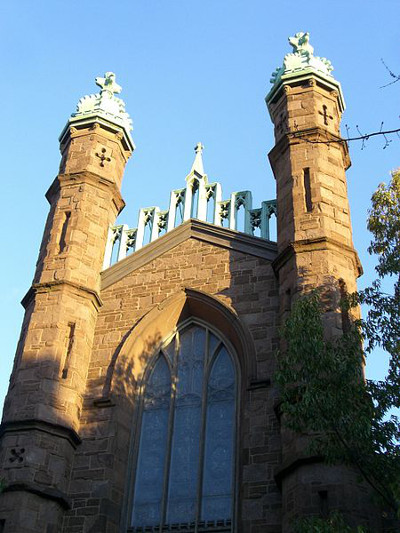
Source: Wikimedia Commons
Designed by Henry Austin, the Dwight Hall at Yale houses a not-for-profit organization that was founded by university students back in 1886. The building itself was known as the Old Library, but it was converted into a chapel and community service building in 1930. After the conversion, all the collections were moved to the Sterling Memorial Library mentioned above.
When the building originally opened, it was considered the first dedicated library on campus. Henry Austin designed the building with the Gothic Revival in mind, and which was a departure from the Old Brick Row plans that were originally used. This would ultimately set the standard for how future buildings on the Yale campus would be designed.


